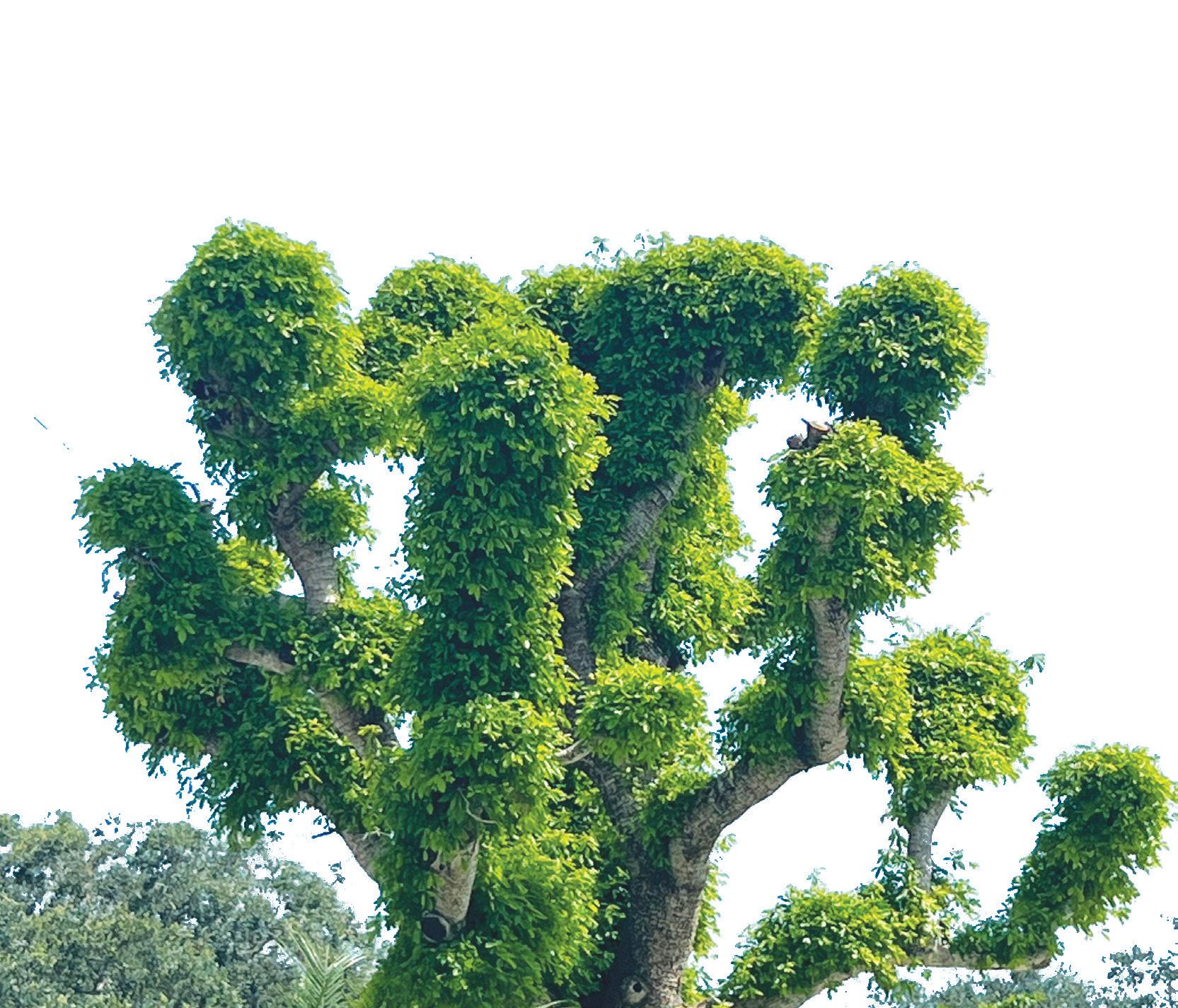
3 minute read
Is It Time for a Trim?
A Guide to Avoiding Common Pruning Mistakes
Written by Ki Ki Hobbs
Palm Beach Gardens prides itself on its beautiful, green spaces that not only improve the aesthetics of the City but also provide residents and visitors with much-needed shade from the South Florida sun. It takes a lot of work to keep our trees healthy and beautiful; it’s a collaborative effort between property owners, homeowners association representatives, property managers, City staff, as well as landscape and tree service companies.
While you don’t need a permit to prune trees on residential property, you may find it helpful to follow the City’s code, which applies to trees and palms located within common open spaces owned by residential associations and all nonresidential properties.
By following these tips for properly pruning your trees, you’ll be able to increase your property value through curb appeal, improve the health and aesthetics of your trees, and most importantly protect people and property by removing hazardous, weak, or rotting limbs.
HATRACKING: A common mistake is hatracking. This is when someone flat cuts the top or sides of a tree or removes a third of a tree’s canopy. Hatracking can lead to trunk or branch rot, and in severe cases, can cause your tree to die.
LION'S TAILING: Another common mistake is lion’s tailing, which is when nearly all the foliage is removed except for the tip. Lion’s tailing not only reduces your tree’s canopy, but it also can pose a serious risk to people and property. All the tree’s weight is concentrated in the ends of the branches, putting more stress on the limbs and making them prone to breakage.
If you’re planning to prune a tree on your property, use a person or tree service company that’s up to date with the latest National Arborist Association guidelines. All tree service companies should also have a city occupational license or countywide license. Please note, it’s advised you do all major tree trimming and removal before June 1, the start of hurricane season. If you do prune during hurricane season, avoid cutting down trees or doing major work once a storm has been named, and do not trim vegetation of any kind once a storm watch or warning has been issued.








